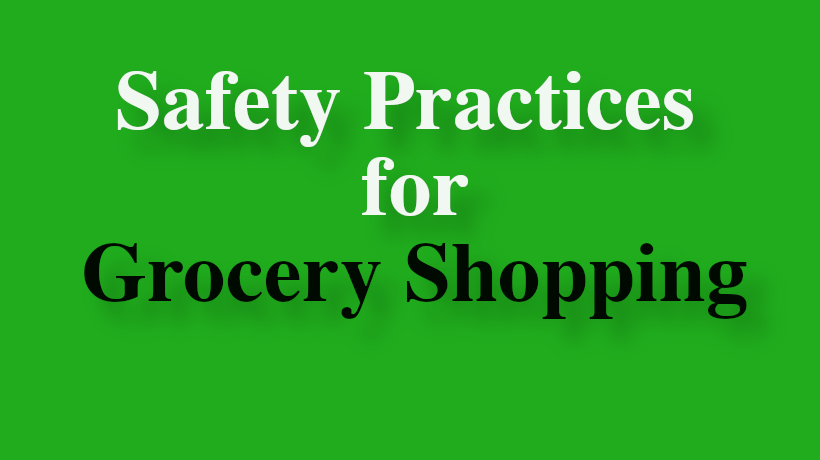During this current health crisis, one of our basic daily tasks has become a lot more complicated—grocery shopping. We still need food in our homes, but with many of us practicing social distancing and keeping indoors, it may be nerve-wracking when your food supply is running low and you’re wondering is it safe to go get more. Fortunately, many grocery stores are keeping their doors open, and if we must go out to shop—what are the best practices to getting the food and supplies we need?
Here are some measures you can take:
Is it safe to grocery shop?
Chris J. Wiant, Ph.D., says it all depends on whether you are at a higher risk of getting very ill from COVID-19. “High-risk individuals include the elderly, immunocompromised, people with respiratory ailments, or undergoing cancer treatment, among others,” he says. A possible alternative is asking a lower risk individual that is willing to help get groceries or supplies.
Grocery Delivery
“If contact-less delivery of groceries or meals is available, opt for it,” says Dr. Wiant. Amazon prime, local grocery delivery, and Hello Fresh are just a few of many services you can try. Try to plan in advance because many of these are currently overwhelmed and it may take longer than usual to fill your order.
Dr. Wiant suggests asking the delivery person to leave the groceries outside your door. It’s possible you or your delivery person could be carrying COVID-19 virus so it’s best to keep contact to a minimum. Make sure to wash your hands before and after you pick up the groceries from your doorstep.
Avoid peak grocery store times and practice social distancing
The CDC has said that the virus is mainly transmitted through close contact with individuals. If you must go to the grocery store, go when it’s not crowded. If you don’t get your timing right and find yourself at the grocery store with a lot of people, get what you need, keep your distance from others, and leave. Avoid hugs and handshaking if you see a familiar face.
Bring sanitizing wipes to the store
Wipe down any carts or baskets you use. Shop with caution, and avoid touching your face, eyes, and nose as you walk about the store. Dr. Wiant advises using hand sanitizer after going through the checkout.
Disinfect all non-porous containers
This is referring to food packaging such as cans, bottles, and jars — glass, metal, plastic etc. You can use your everyday disinfectant wipes or create your own dilute chlorine bleach solution. To make that, the CDC suggests mixing 1/3 cup of bleach per gallon of water or 4 teaspoons of bleach per quart of water. Wipe your containers with this solution and let it sit for one minute on the surface until you dry it off.
Disinfect and throw away bags
After you’ve put away all your groceries, disinfect all the surfaces your bags have touched and discard them in the trash.
Disclaimer: New information is constantly coming up about COVID-19. Make sure to stay up to date with the CDC for up-to-date accurate information.
Sources:



